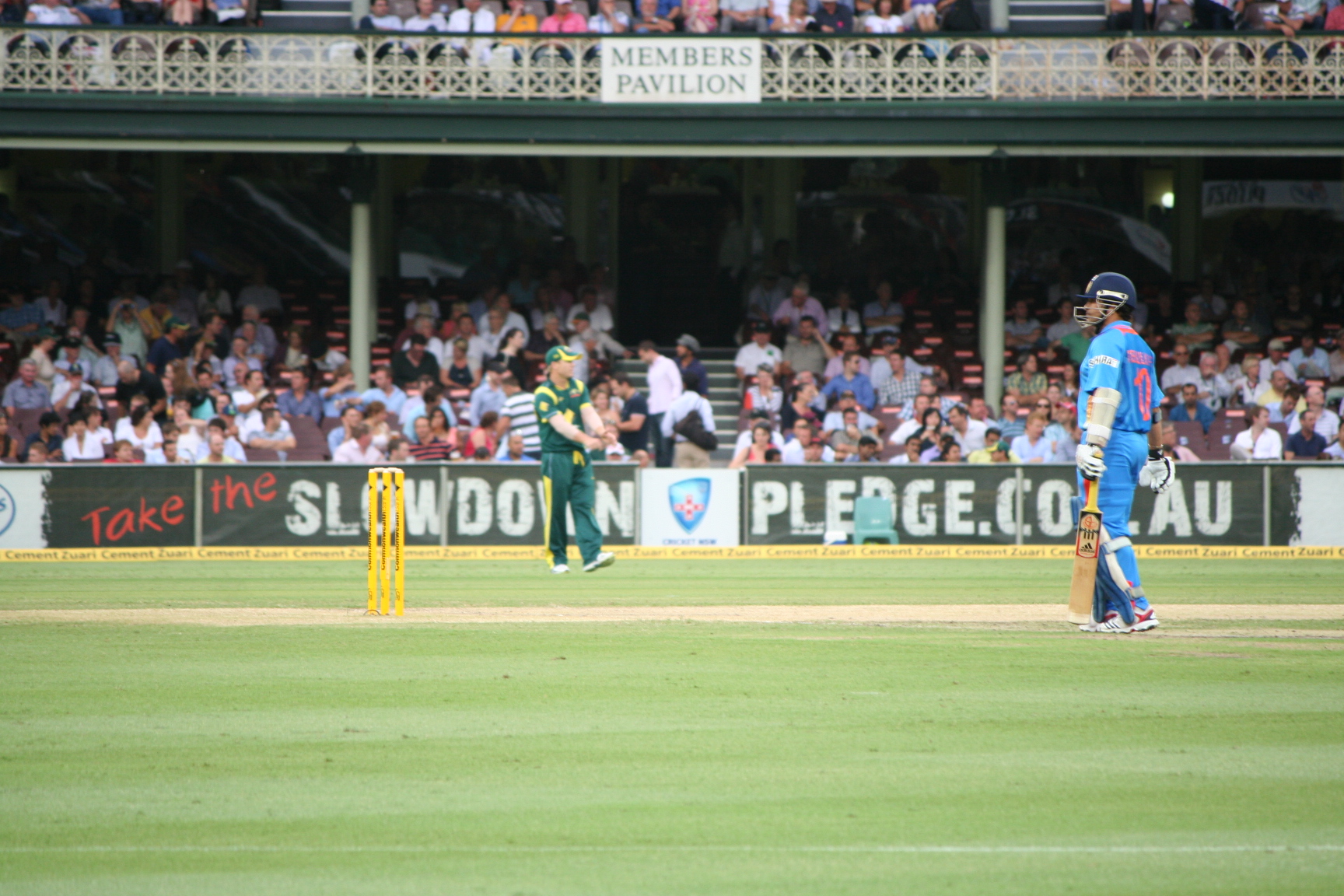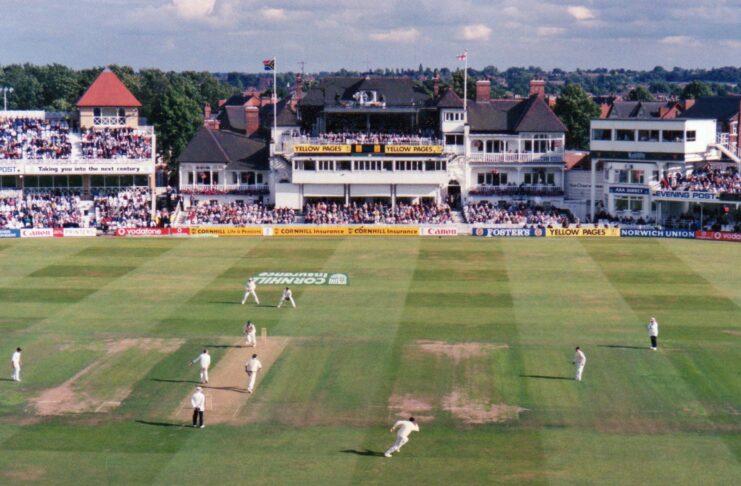ECB’s ‘The Hundred’, a unique 100 ball franchise cricket, when played next year will add a new format with its own rules to the cricketing history. But this experimentation with cricketing formats and its rules is not limited to the cricket boards.
Most of us have fond memories of times when we played cricket on the streets, in the parks, on the terraces that would last just 5,6 or 10 overs at the most. It all depended on the place where the match was played and the time at hand. In most ways we were our own Marylebone Cricket Club (MCC), the formulators and guardians of the laws of the cricket we played.
As we talk of our memories, cricket has its own memories of over two centuries. Most important among those are the memories of how the game has managed to adapt to the ever increasing pace of human life. These memories relate to the several cricketing formats. In this post we look at the different cricketing formats the game has witnessed in its history.
Cricketing formats over the years
1. Timeless Test
Life was not always fast paced as it is today. Just over a century ago, people had plenty of time to spare and play. Then cricket was not limited to any number of days. It was the an era of Timeless Test.

Yes, for almost a good six decades, between 1877 and 1939, 99 timeless Test matches were played in total. Back then each over had 4 balls. In 1889 the four balls per over was replaced by a five balls per over and then this was changed to the current six balls per over in 1900.
Also during this period, pitches were left uncovered and as a result, it became difficult to bat on by fourth or fifth day.
Despite all that the longest unlimited days Test match played between Australia and England in 1929 at Melbourne lasted for eight long days. At the end Australia won the match by five wickets.
The Timeless Tests were result oriented; they ensured that there was result in every match and left no chance for a draw.
Compare it with the third Ashes Test of 2005, when Australia were 354 for 9 with just 4 overs remaining. The McGrath and Lee handled 24 deliveries to avoid a defeat. Had it been an unlimited Test match, Australians would not have been able to stand their ground.
2. 3/4/5/6-Days Test Match
As the pace of human life increased, cricket’s memories changed from unlimited Test to limited days Test. Thus, since 1950, the world has seen 4/5/6-days Test matches at different times.
First came the 3-days Test match, which was experimented in late 19th century and continued to be played till August 1949. Initially the format too had 4 ball overs, which was subsequently increased to 5 and 6.
Recently, the ICC at the behest of the broadcasters, who have become a key stakeholder in the game proposed revising the current 5 day Test to 4-day Test match, which was played between South Africa and Zimbabwe in 2017.
The last 6-day Test match was played between Australia and ICC World XI at Sydney and it lasted only for three and a half days as Australia won by 210 runs. This 6-day match was played after 26 years.
The 5-day Test match is the most played format of Test cricket today. It was standardised in 1957. It is estimated that around 81% of Tests played in cricket history were of 5 days and the rest 19% of the Tests have been played for 3/4/6 or Unlimited days.
3. 60 Overs One Day Match
In 1970’s, as technological changes further added a few yards to human life, a new format was introduced. A faster version of the game that yielded results in a single day compared the Test matches. The first One Day International (ODI) match was played in 1971 for 60 overs a side.
This format can be traced back to the 1970-71 season when first four days of the MCG Test between Australia and England was washed away and organisers decided to play a one-day game of 40 eight-balls over a side.
Following this, different countries tried their hand at several one-day formats. Australia and England played a 55 six-ball overs match. New Zealand also tried a 35 overs format at a point of that. The last 60-overs ODI game was played in the 1983 World Cup and the format was shunned later that year.
4. 50 Overs ODIs

1970’s saw a few experimentation, especially with limited overs cricket and the 60 overs cricket was morphed into a 50 over match, which was played in 1977 when West Indies hosted Pakistan followed by Australia in 1978. After the 1983 World Cup, 50-overs match have become a standard routine.
Today an ODI match is automatically considered to be a 50-overs innings a side. Although England continued to play 55 over format until 1995, the most common One Day International format today is 50 overs a side.
5. T20
We humans, data, technology and our lives are its pick and increasing at a rapid pace since the dawn of the new millennium. It was in the consonance with this rapid pace that a new faster, entertaining format was introduced.
The format were each team faces twenty overs, which has now become a norm, was first played between Australia and New Zealand in 2005.
This shorter format attracts audiences, yields quick results and has made the cricket more entertaining than even before.
The format also introduced us to some very exciting tie breakers. The first tie breaker was played between New Zealand and West indies as teams took part in a bowl-out. New Zealand won 3-0 and later in 2007 T20 World cup, India won a bowl out against Pakistan 3-0 as well.
Prior to 2019, permanent T20I status was limited to Test playing nations. From 2019, the T20 playing status was increased from 12 teams to all of ICC’s 105 members. It is also the format of franchise cricket all around the globe such as Indian Premier League, Pakistan Super League, Big Bash League, Caribbean Premier League, etc.
6. The Hundred

Cricket is one again set to record a new memory, a new faster and entertaining one than the formats till date. The Hundred has a unique 100-ball per innings format, 20 balls less than the current T20 cricket played around the world.
Initially each innings was proposed to consist of 15 traditional six-ball overs and a single 10-ball over to complete each innings. However, now it would have 5 or 10 ball over, with ends to slated to change after every 10 balls, making 10 over game.
The tournament originally scheduled in 2020 has been postponed to 2021 due to the coronavirus pandemic.
The latest innovation that could have a seminal effect on the game but we will have to wait and see.
Do let us know, what according to you would be the possible impact of the latest cricketing format?
Follow us on facebook for more sports news & updates

